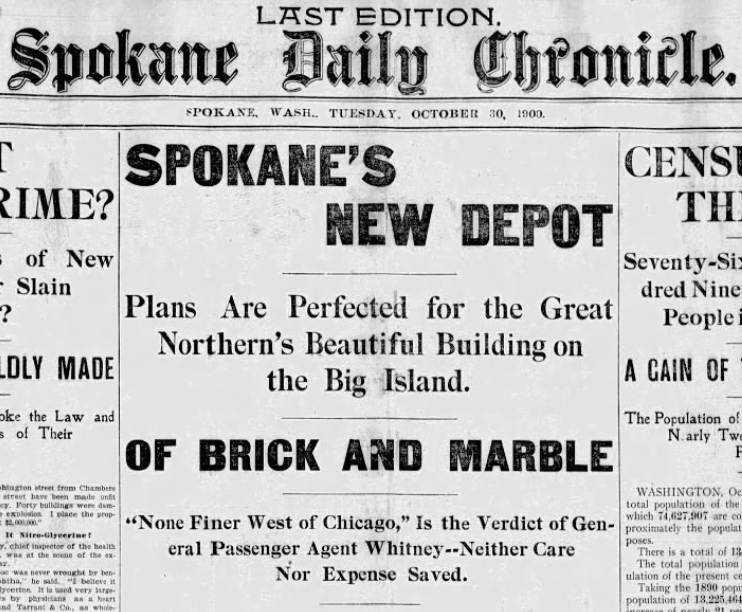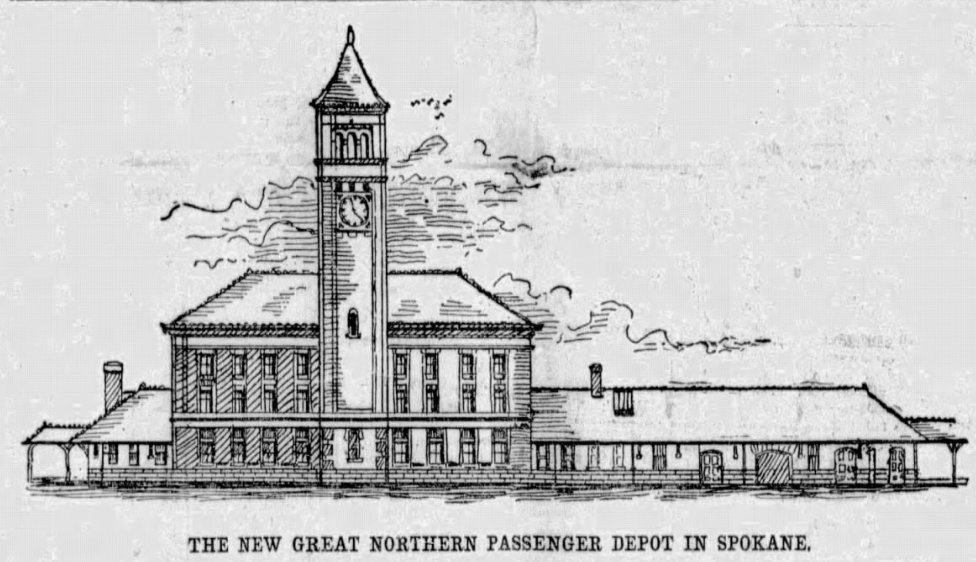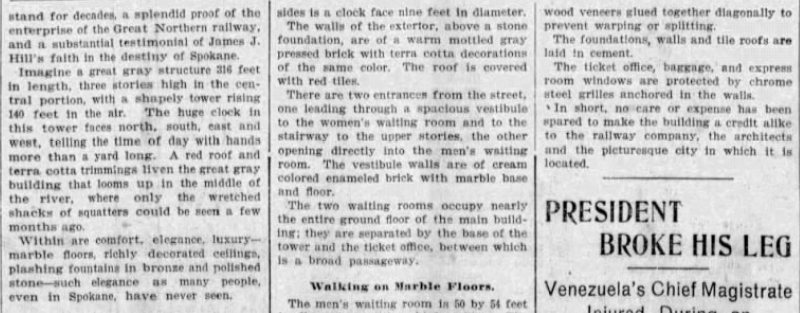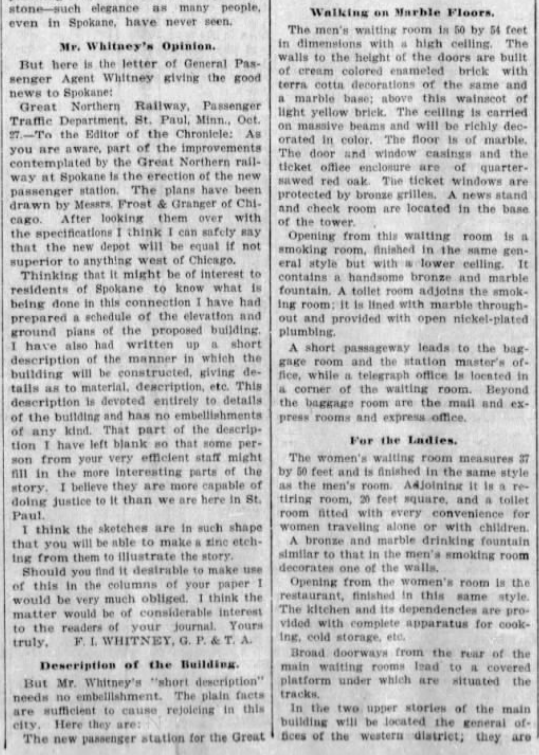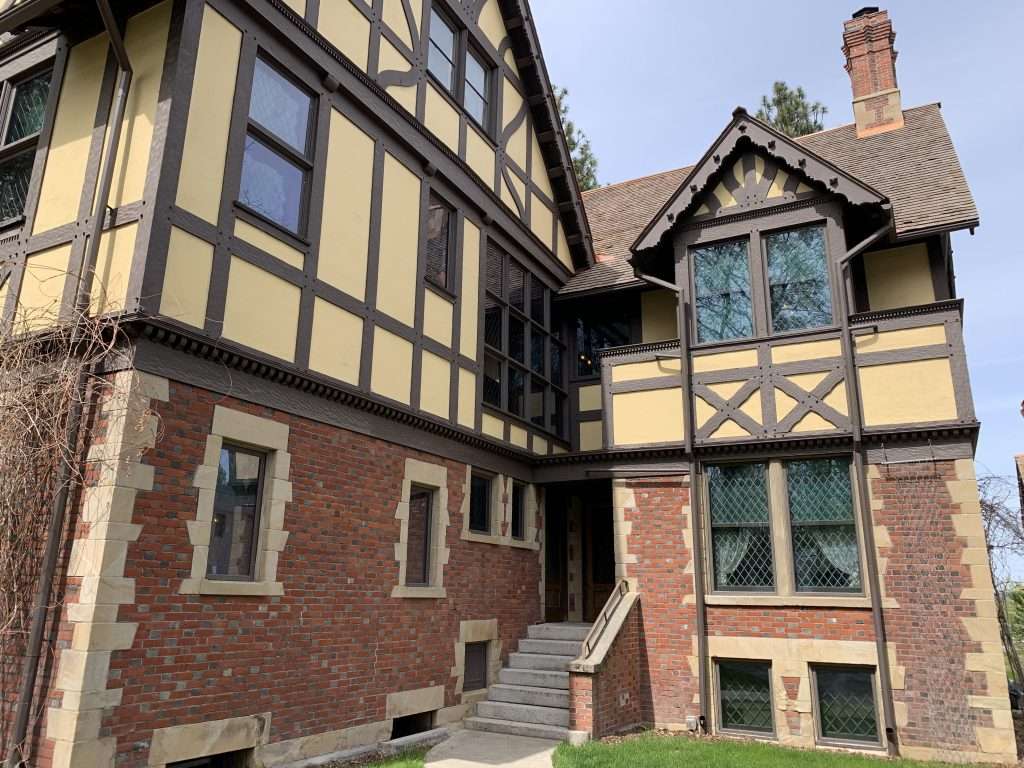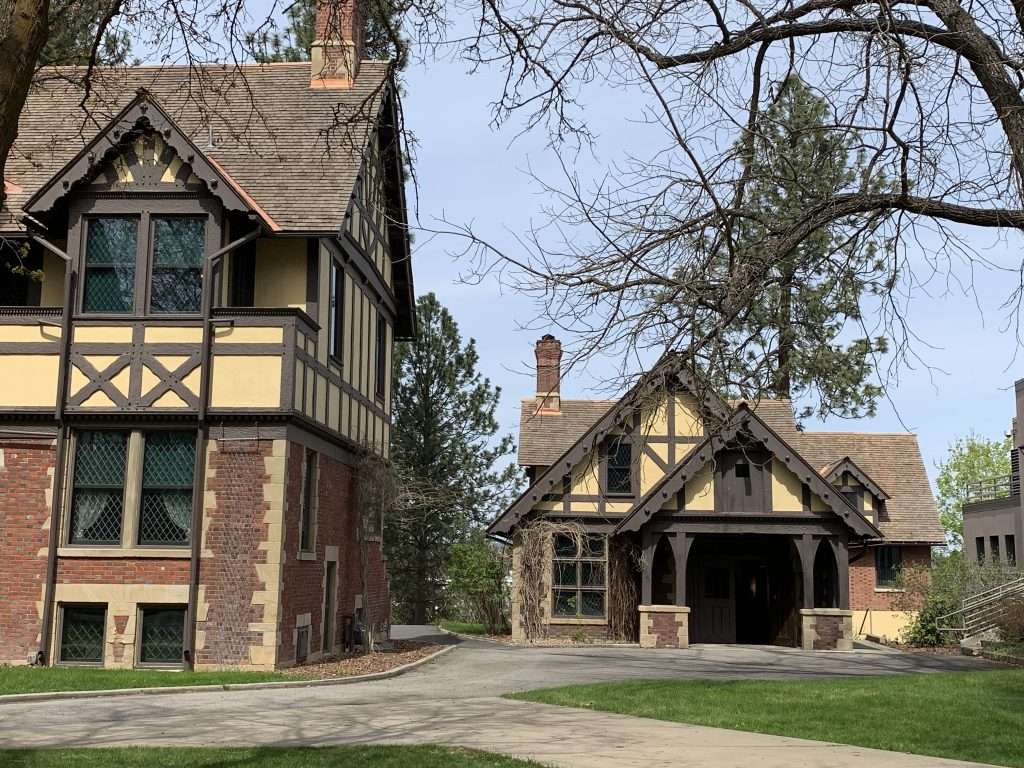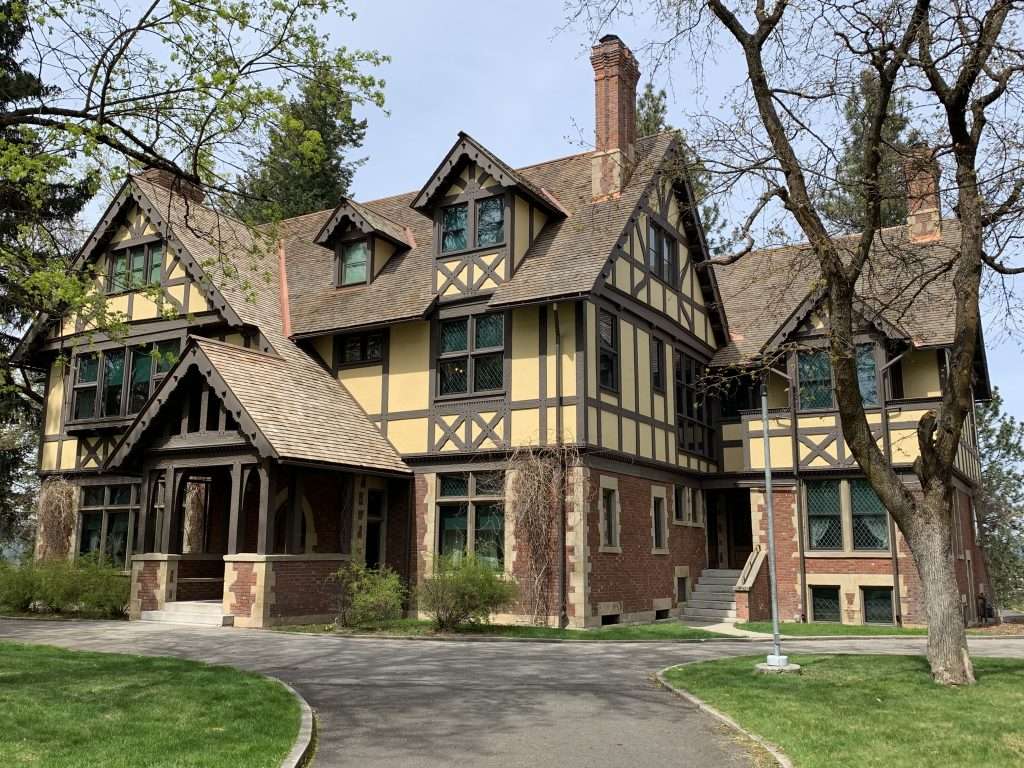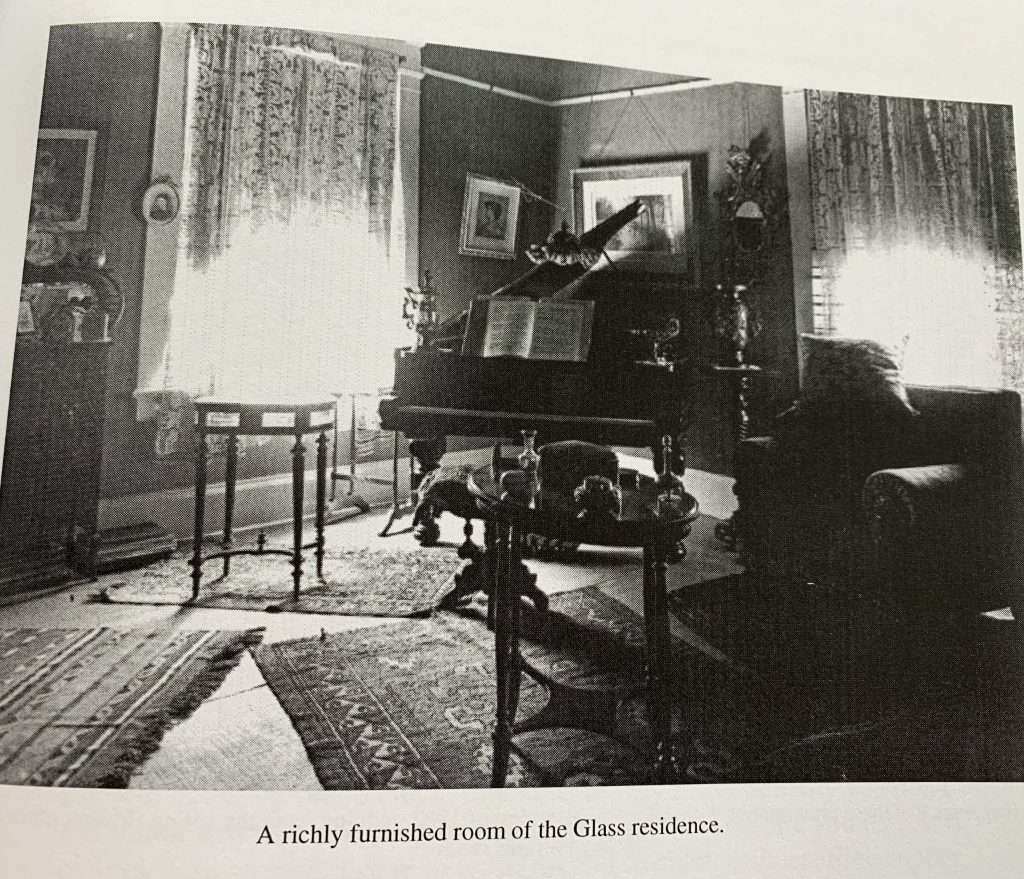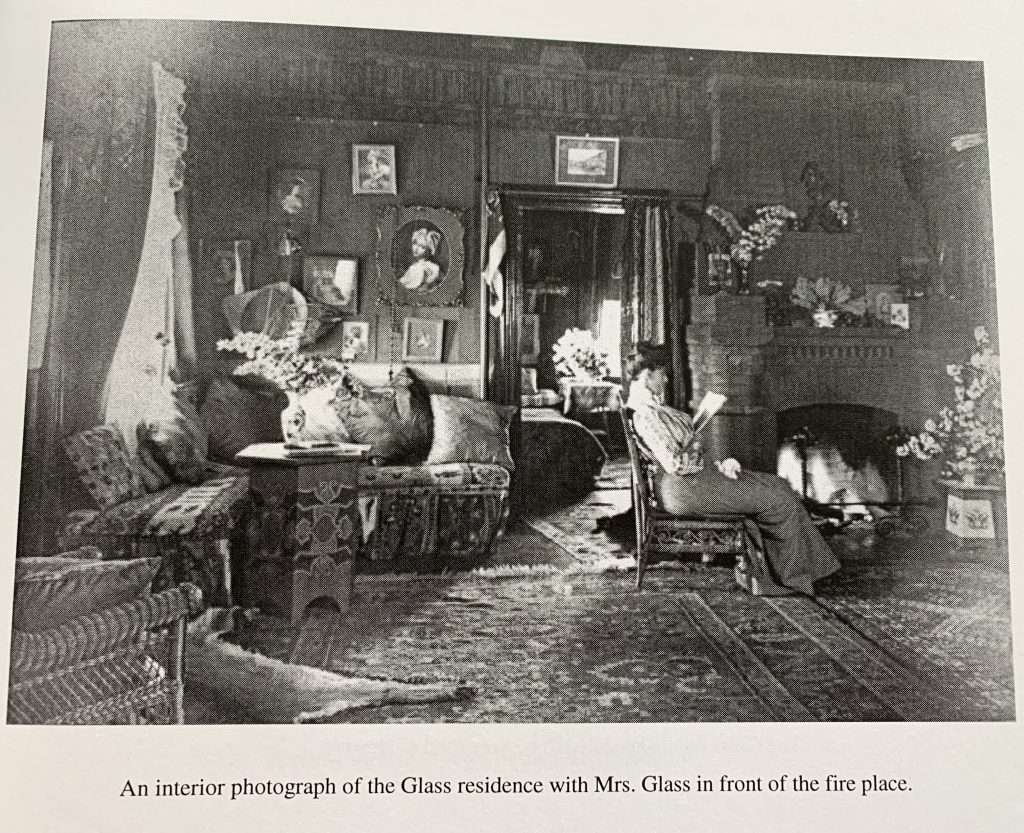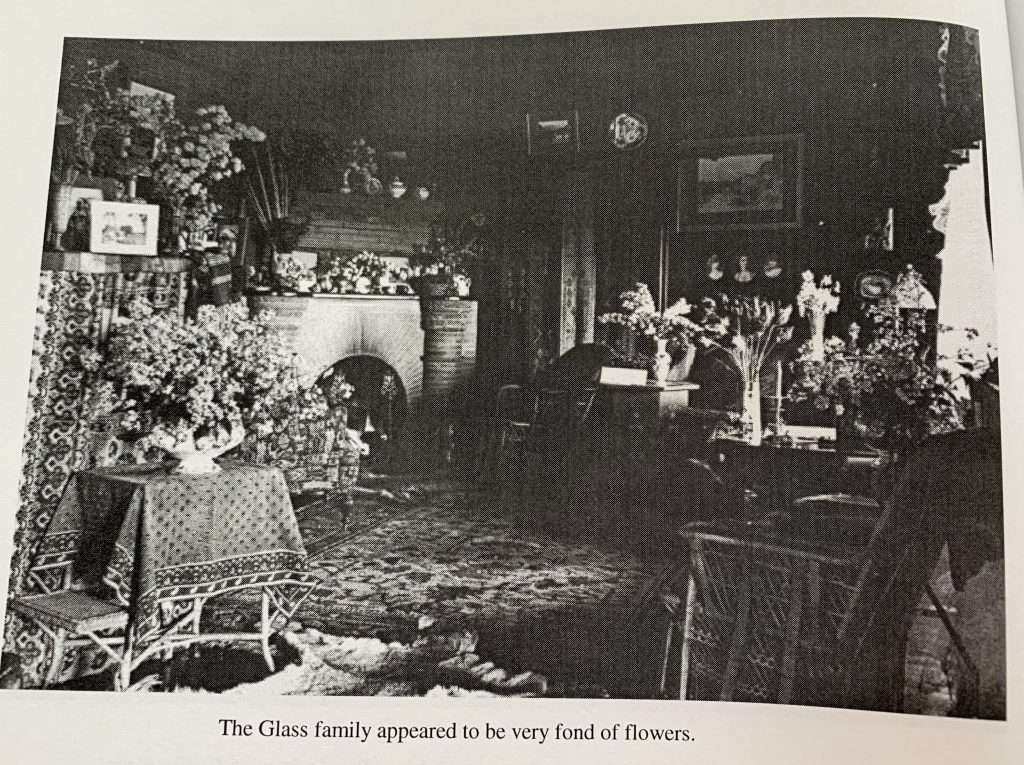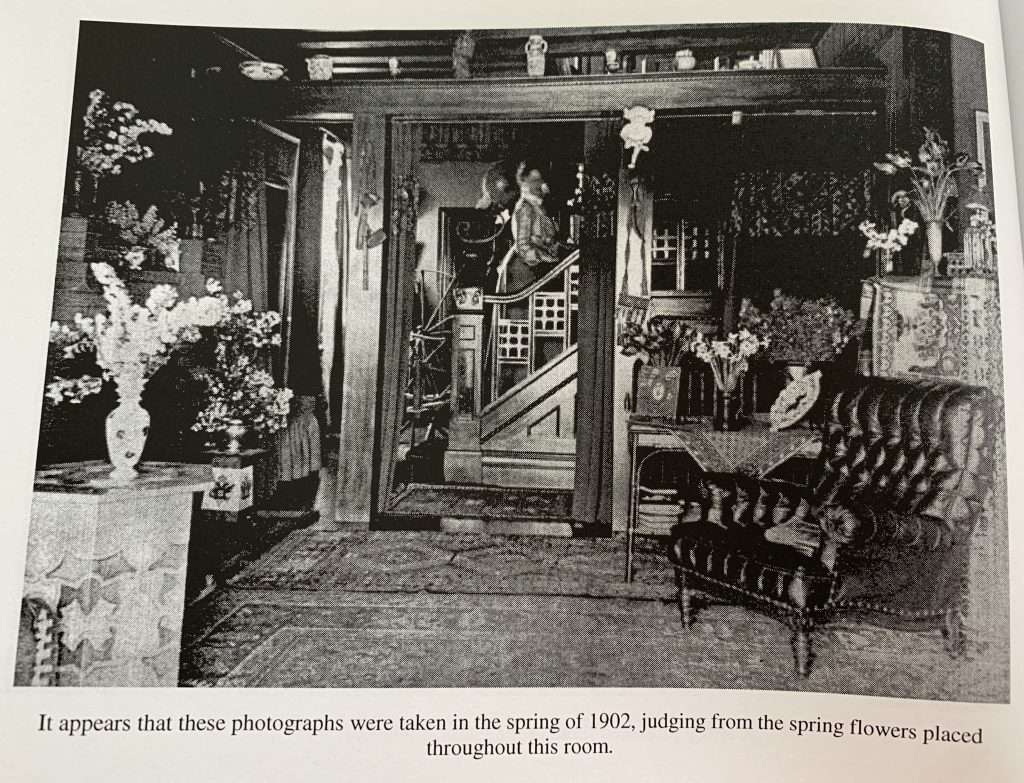Historical Locations in Butcher, Baker, Candlestick Taker
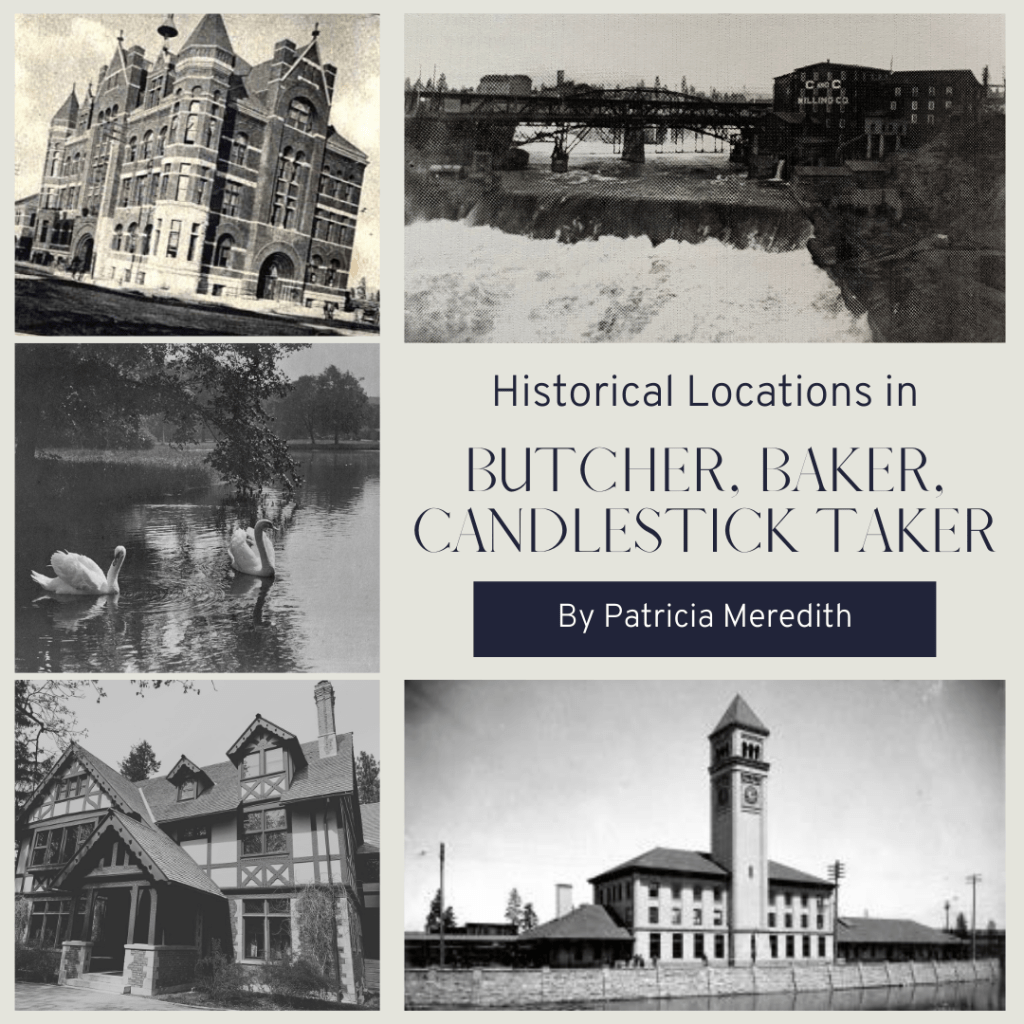
In my historical mystery series, the Spokane Clock Tower Mysteries, we are transported to 1901 Spokane.
In addition to including cameos by many real-life people from history, I wanted to make sure I included locations that were still in existence and could be visited by those who enjoyed the story and wanted to know more.
To that end, I created a map here where you can find all the streetcar routes and real-life locations I incorporated into Butcher, Baker, Candlestick Taker, the first book in the series, though I intend to add more locations as the books progress.
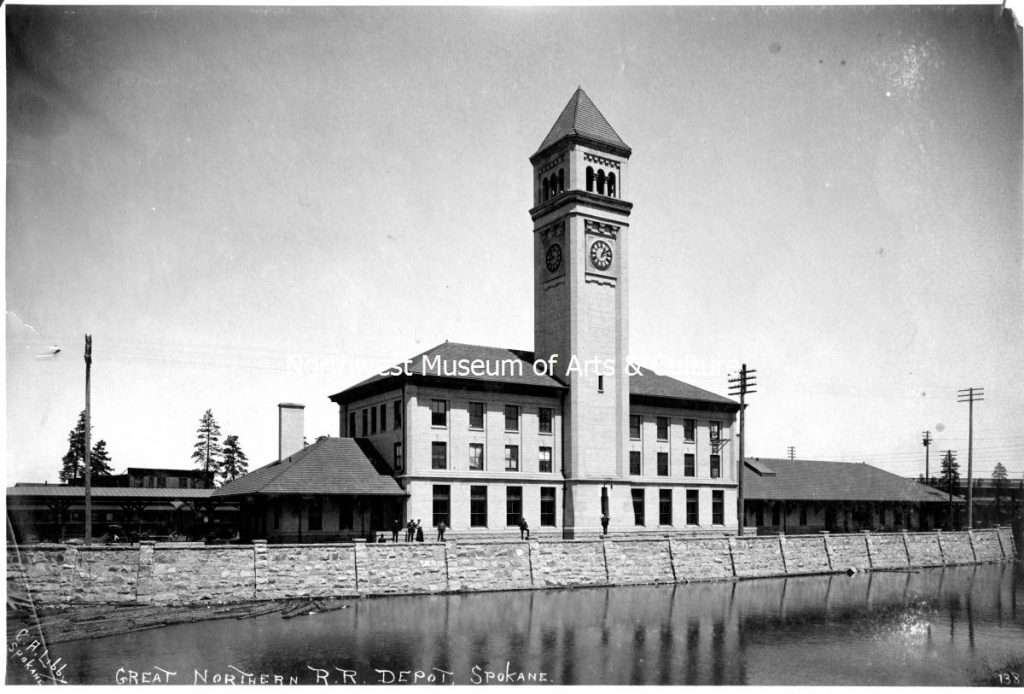
The Clock Tower
Of course, I have to start with the Great Northern Railroad Depot clock tower, which is the only part of the depot that still stands at what is now Riverfront Park.
The clock tower is the basis for the timeline I’ve created for the book series. The books open on April 15, 1901, as the finalizations are coming into place for the building of the depot, which would span over the course of the next year, ending with the dedication of the clock on June 20, 1902.
The weight-operated clock within the clock tower was designed by the Seth Thomas Company in Connecticut, though no designer is named. This allowed me the opportunity to create my own, and thus, Archie Prescot was born, a favorite character by many readers.
A complete description of the new depot can be found reported on the front page of The Spokane Daily Chronicle, October 30, 1900:
The historic property listing for the clock tower, nominated when the depot was torn down for Expo ’74, includes some other wonderful descriptions of the lost depot and clock tower:
“The building stands across the south river channel from a partially similar four-story structure, the Union Pacific station. The two, when viewed together, form a scene reminiscent of the Piazza del Duomo in Italy, except for the substitution of a reflecting river pool in place of the paved court.”
“…on a cut granite plinth (which is purported to have been imported from England). The remainder of the facade is buff-colored face brick (almost white) with granite sills, native sandstone trim, and metal ornamentation… The roof is clay tile…”
“The nine-foot diameter clock faces made it the largest timepiece in the Pacific Northwest.”
“The glass dials total over 1400 pounds. The zinc pendulum rod weighs nearly 500 pounds and is 8 ½ feet in length. The total weight comes to 7050 pounds for the entire piece. The clock was placed in service at high noon on June 20, 1902.”
Historic Property Listing for the Great Northern Railroad Depot Clock Tower
An article about Dave Randolph and his job as caretaker of the clock tower for over twenty years appeared in The Spokesman-Review November 3, 1994, entitled “Winding up the Week.” The article shared some wonderful descriptions of the inside of the clock tower:
“Randolph climbs three wooden stairways and two metal ladders, then turns a crank 99 times to hoist a 450-pound counterweight that runs the clock in the Riverfront Park Clock Tower. If neglected for eight days, the counterweight would hang at the end of its 100-foot cable and time would stop.”
“…zips up 87 stairs and rungs. Emerging through a hatchway, he straightens up in a room Alfred Hitchcock would have loved. On all four sides are the backs of huge clock faces. The reverse side of Roman numerals and 4-foot-long minute hands surround him.”
“In the center of the room is a wooden house. Inside the house is a castle of gears encased in an iron framework. A 300-pound brass pendulum releases tension second by second, swing by swing. Randolph attaches a large crank to this mechanical heart.”
“There are 26 more rungs bolted to the brick wall in this room. They lead to the wind-blown top of the tower…”
“Winding up the Week,” The Spokesman-Review, 11/3/94
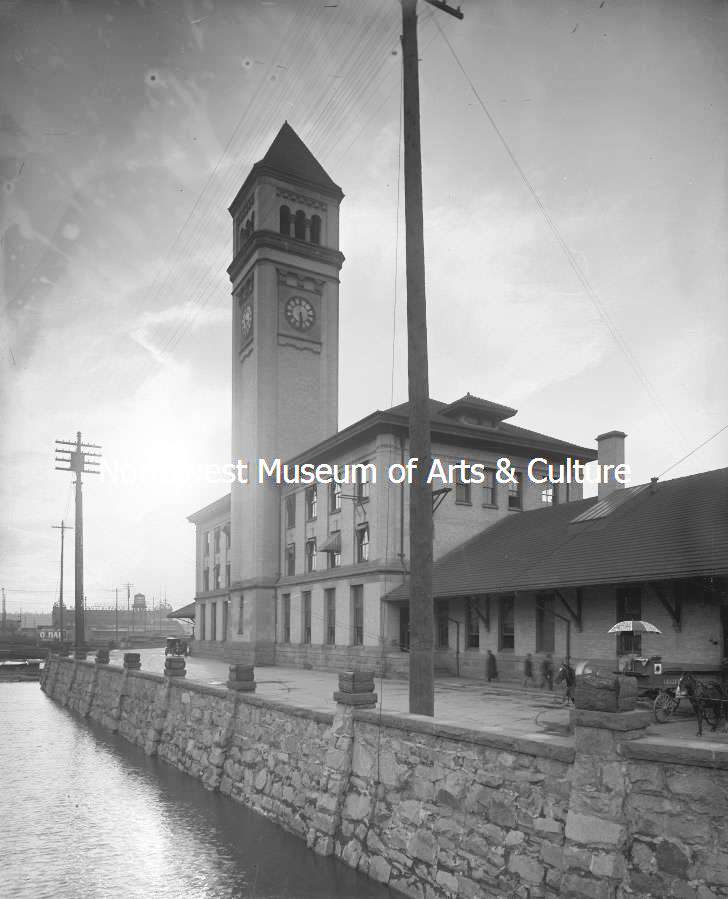
Montrose Park
In my book, Marian and Archie meet frequently at Montrose Park, which lives on but is known by another name now: Manito Park (changed in 1903).
Francis Cook, the owner of the land, named it “Montrose” because of the wide variety of wild roses. Although today there are numerous gardens within Manito—Duncan Gardens, Japanese Gardens, and Lilac Gardens, to name a few—the park would first pass through many phases, including being home to a zoo from 1905-1932.
What is today known as “the duck pond” was called “Mirror Lake,” and was large enough people would ice skate across the shallow surface in winter. The Japanese garden at Miss Mitchell’s estate was inspired by the one you can visit at Manito today. It is a beautifully quiet oasis in the middle of a bustling city, just as Marian describes:
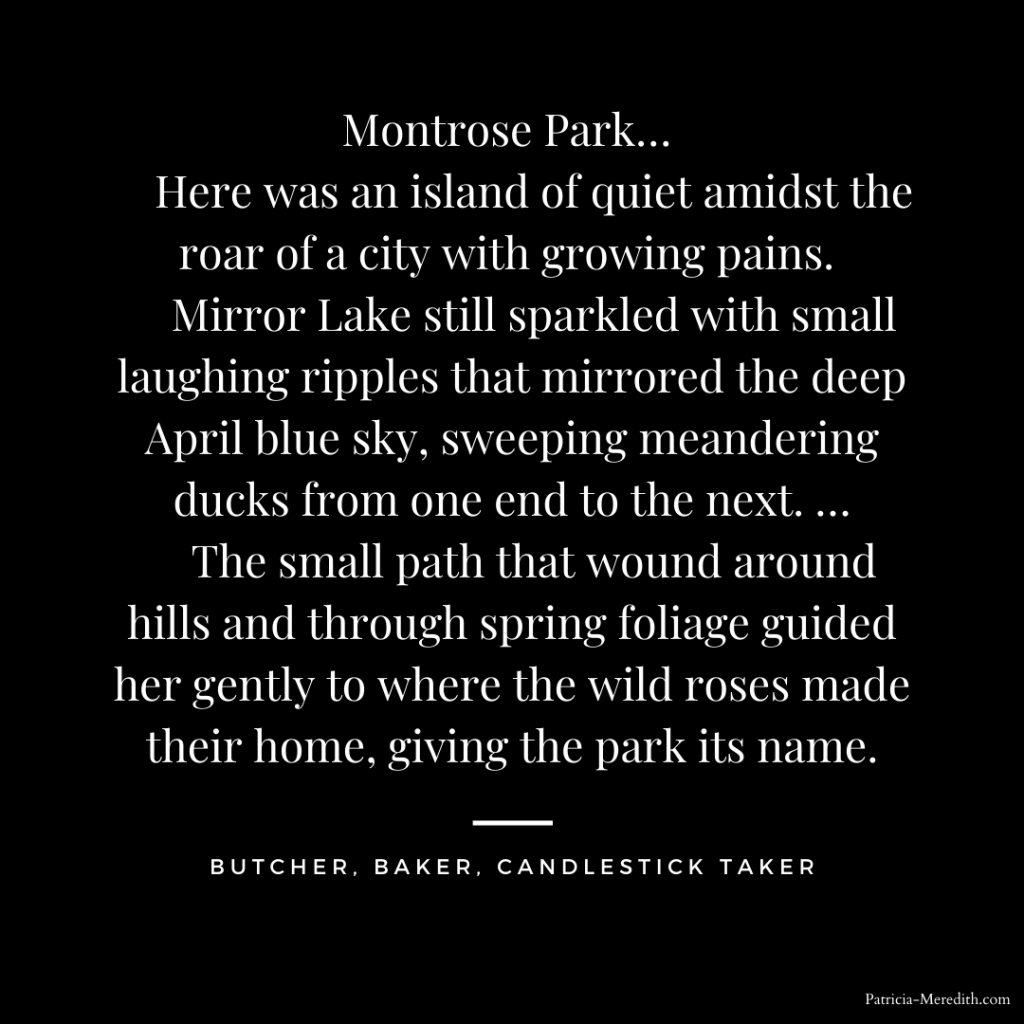
Marinus Crommelin in Dear Mother, includes a beautiful photograph he took of swans on Mirror Lake in Montrose Park.
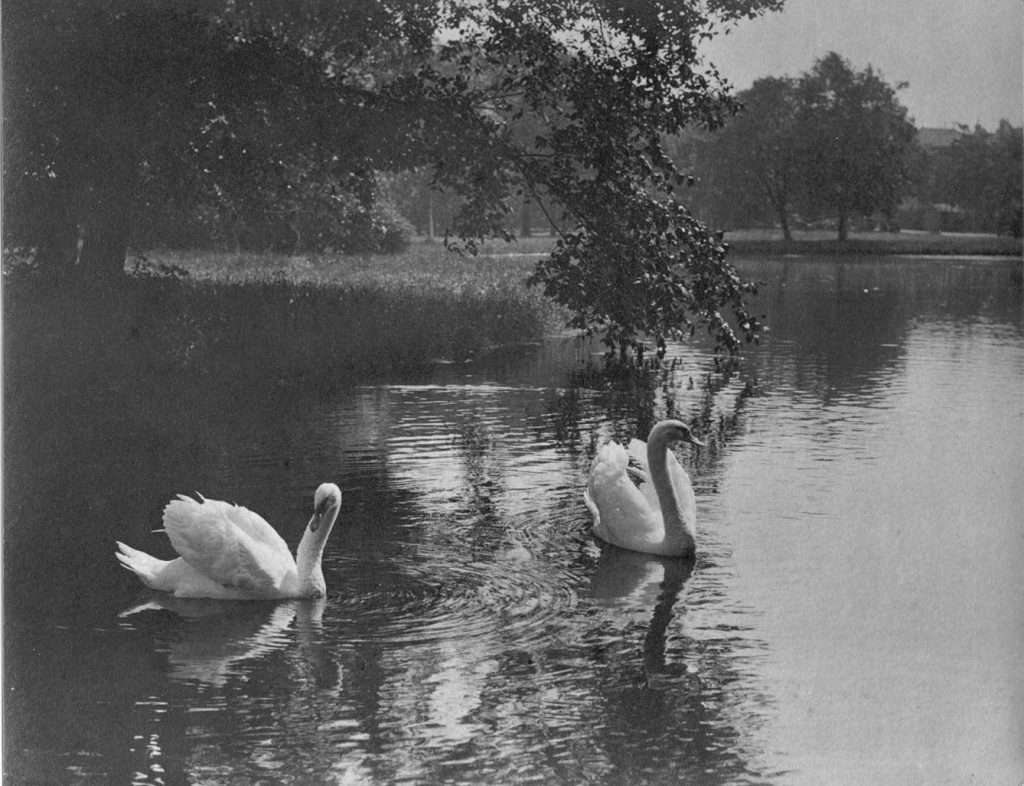
Oddly enough, the now-iconic lilacs of the “Lilac City” didn’t make an appearance until 1906, which means I cannot reference them in my book unless I decide to twist history a little. According to the Spokane Lilac Festival website, “The first time a lilac bush appeared in Spokane was in 1906. Two lilac bushes were planted by J. J. Browne, one of Spokane’s early builders, at West 2226 Second Avenue (Browne’s Addition).”
Browne’s Addition
Browne’s Addition, where Nain’s house is located, is a beautiful area of Spokane where you can still experience the Campbell House for an immersive historical tour of a Spokane home circa 1910. It is located next to the Northwest Museum of Arts and Culture and the Ferris Archives, which are staffed by people who were invaluable in the writing of my book.
The Campbell House was a major inspiration when designing Miss Mitchell’s mansion home and when describing the lifestyle of those who lived in such luxury at the turn of the century. I look forward to sharing more about the Campbells in the sequel book…
My descriptions of the interior of homes at that time were also inspired by these photographs by Marinus Crommelin, from his visit to Spokane in 1901-1902 and collected in Dear Mother.
City Hall
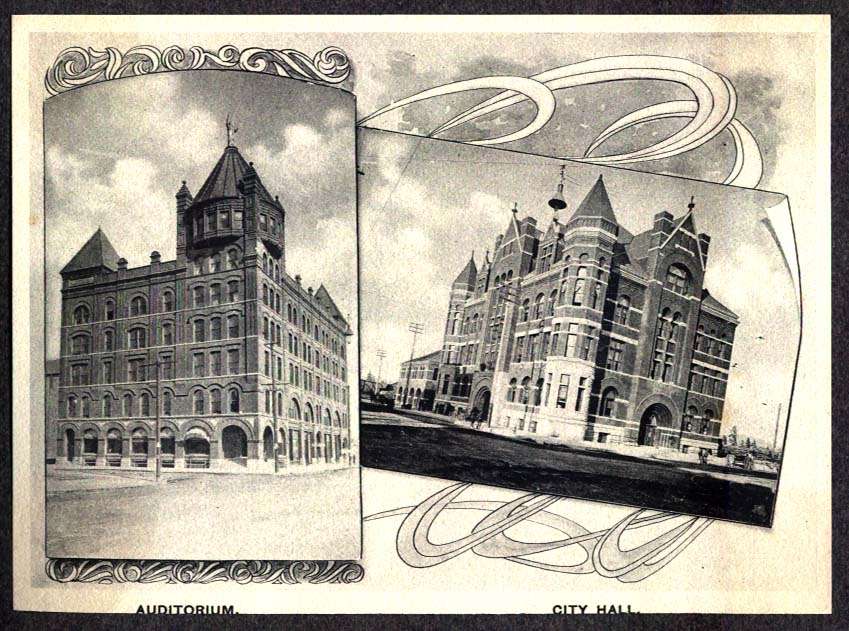
City Hall is one of the few locations in the book that cannot be visited, as it is no longer at the location described, Howard St. and Front St., as this is currently where you can visit the 1909 Looff Carousel in Riverfront Park. The 1894 City Hall was built to house the fire department, city hall, and police department, which was located on the first floor. I was able to find the City Hall on the Sanborn Maps of 1902, however, which helped me with the placement of the police department and jail.
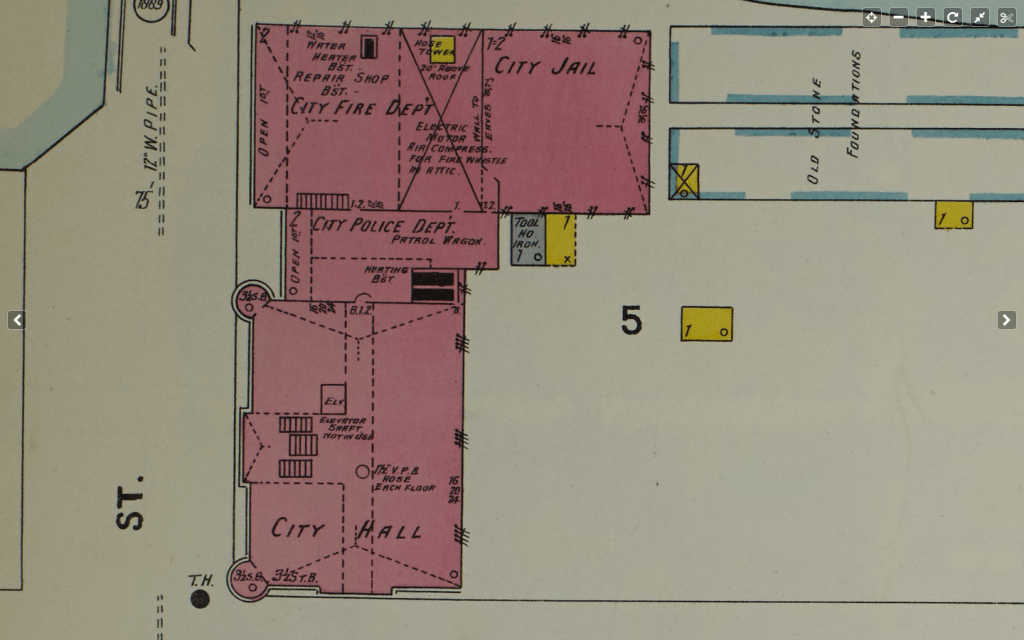
Fernwell Building
The Fernwell Building, however, which housed the lawyer LL Westfall in 1901, as well as many other businessmen, is still located a few blocks up Howard from the old location of City Hall, and is exactly as described by Bernard.
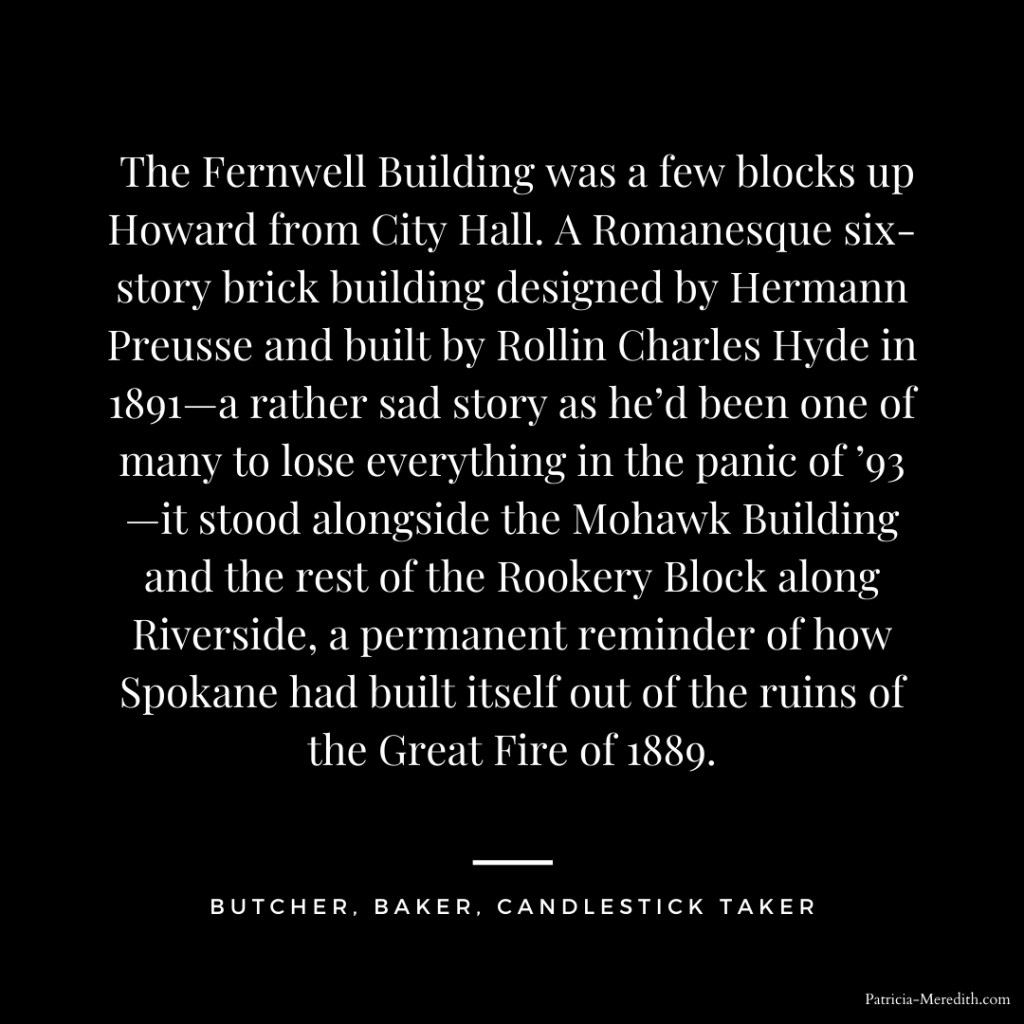
As you can see, I had great fun incorporating real locations around Spokane into my historical mystery, Butcher, Baker, Candlestick Taker. I look forward to sharing more about the history woven into the novel.
For the latest updates, be sure to follow me as @pmeredithauthor (Facebook, Instagram, and Goodreads).
Thank you for reading!
